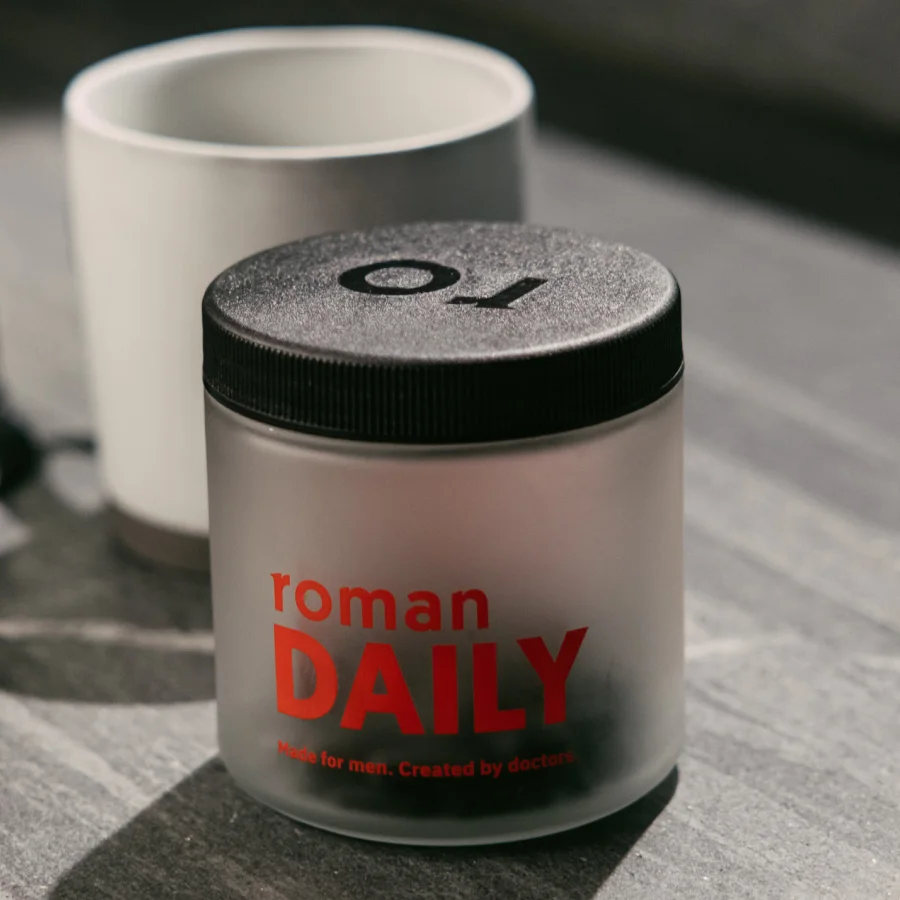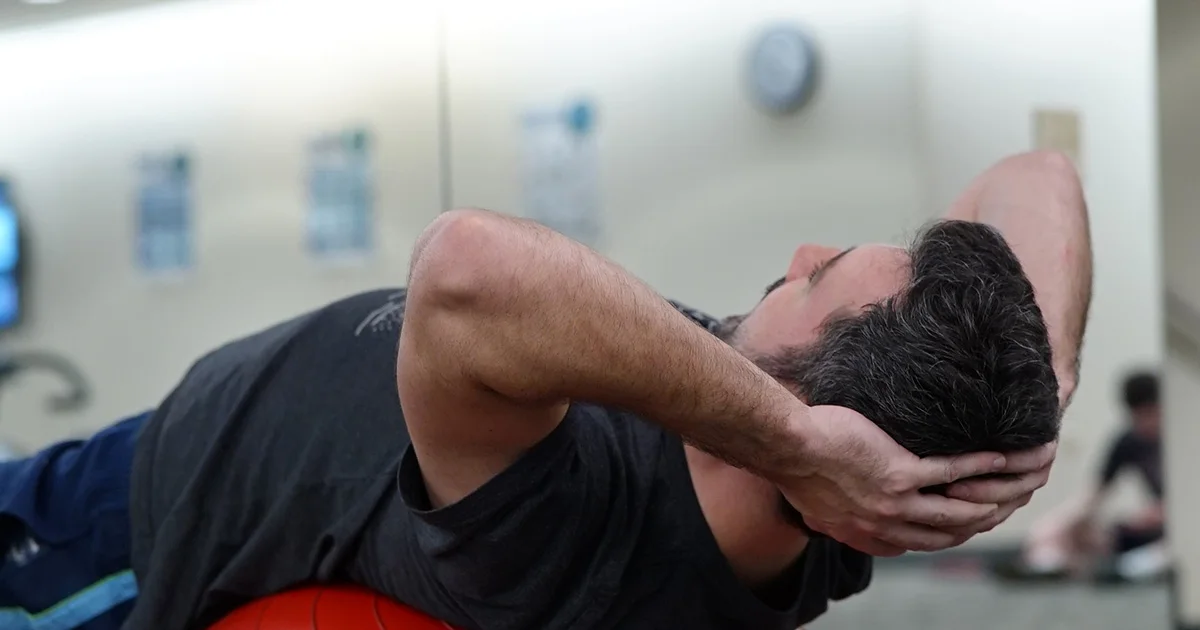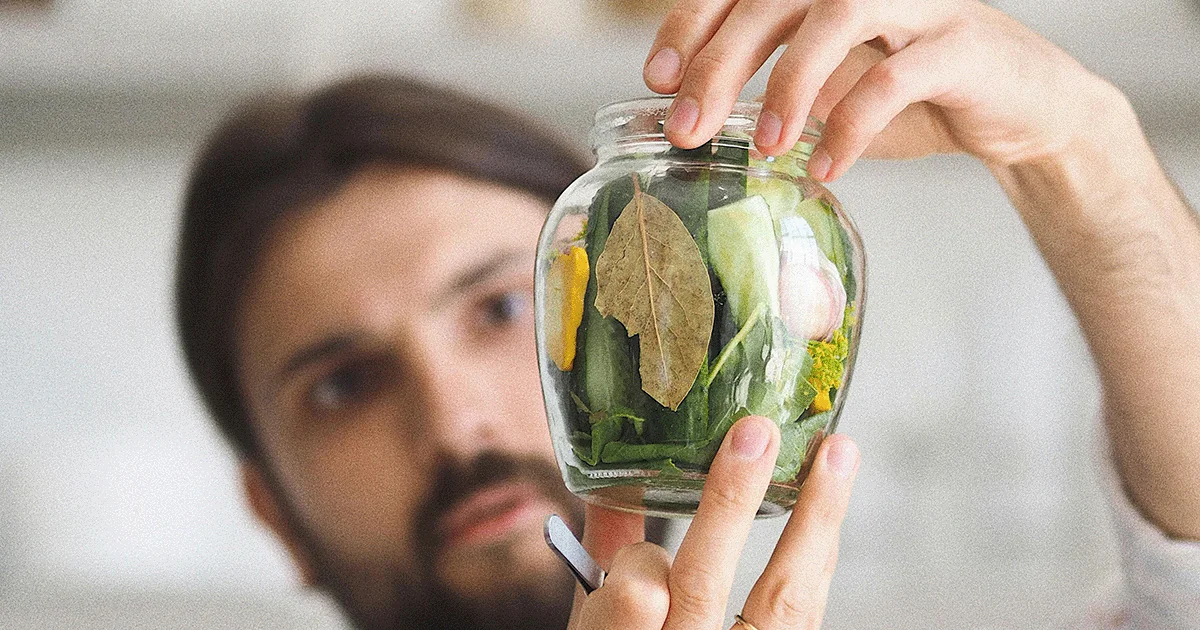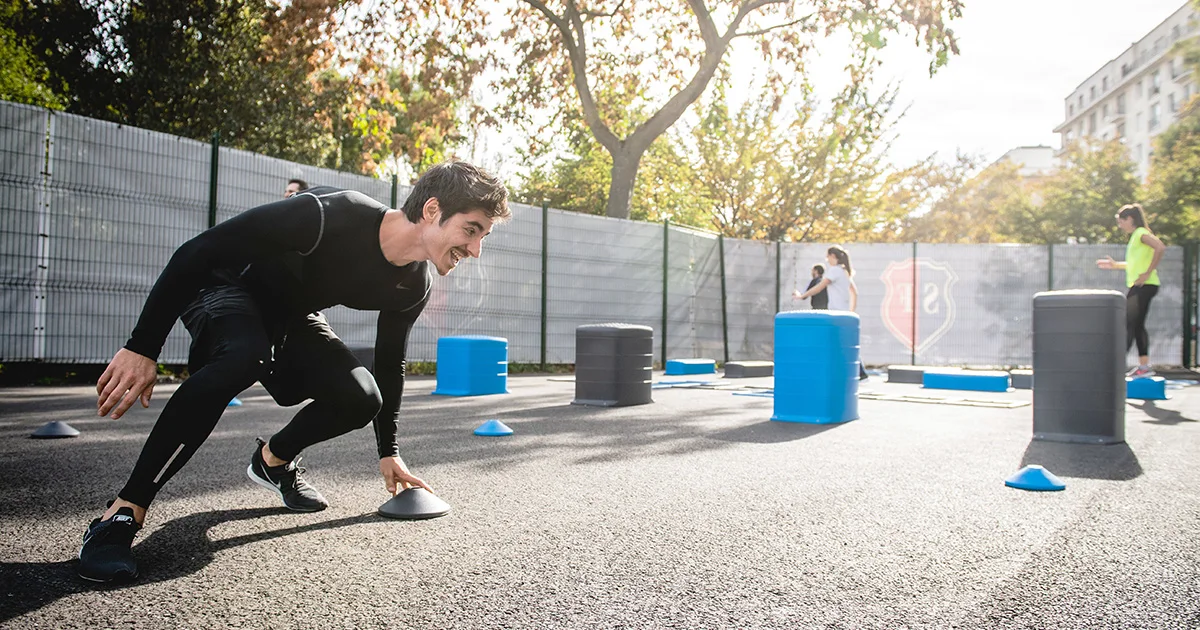Here's what we'll cover
Here's what we'll cover
Calcium has been pigeonholed as a bone builder. To be fair, it’s really good at supporting your bone health—that’s just not all it does well.
Calcium is the most abundant mineral in the human body—and, yes, it’s found mostly in the bones and teeth. But it’s also essential for proper functioning, from helping your blood clot to keeping your heart beating by contracting the muscles after magnesium relaxes them. It may even help lower blood pressure (Palta, 2014).
Did you think that was it? Though it certainly is critical for building and preserving bone mass that allows you to move and exercise, calcium keeps picking up jobs in your body far beyond that. This mighty mineral is used as a messenger throughout your body and is critical for nerve transmission.
It also helps with vascular contraction and vasodilation, regulating your blood flow and pressure. Calcium even works on your endocrine system, playing a role in the secretion of hormones like insulin.
Those are just this mineral’s basic roles, though. There are health benefits beyond preventing bone fractures or keeping your hormones and heartbeat up and running when you get enough calcium.
Low levels of calcium are associated with a higher body mass index, and increased intake may help you shed fat if you weren’t getting enough before. It’s also been shown to help some groups of people with markers of inflammation and oxidative stress, triglyceride levels, and glucose metabolism (Asemi, 2015; Zhu, 2013).
What is a calcium deficiency?
The good news is, pigeonholing this crucial mineral hasn’t stopped us from getting the amount we need.
True calcium deficiency (also called hypocalcemia or calcium deficiency disease) is rare in the United States, though getting enough before the age of 20–25 is important in order to decrease the risk of developing osteoporosis later in life. When it happens, though, a deficiency is serious.
Our calcium needs change several times throughout our lifetimes. It rapidly increases as we grow from infants to children before seeing a spike during our teenage years as we hit critical growth phases.
When that’s done, men’s needs settle down to 1,000 mg a day from 19–71 before increasing to 1,200 mg. Women’s needs drop down slightly from 19–50 to 1,000 mg a day before increasing again at 51 to 1,200 mg. Though their needs increase again earlier compared to men, their reference dietary allowance (RDA) stays the same through their 70s and beyond.
If you’re not getting this amount daily, you may develop low blood calcium levels. The normal range for adults is 8.8–10.4 milligrams per deciliter (mg/dL), but these exact values may vary depending on the lab. If your blood levels are below 8.8 mg/dL, you may have hypocalcemia (ODS, 2019).
Signs of a calcium deficiency
Our bodies can struggle to put this mineral to use. Luckily, vitamin D can make calcium absorption more efficient. But there are some people who have a harder time with the absorption of calcium than others.
Certain medications, such as corticosteroids, can impede this process. High-protein and high-sodium diets may also cause you to excrete calcium faster, interfering with establishing healthy and consistent calcium blood levels.
People with gastrointestinal issues such as Crohn’s disease also struggle to absorb enough of the mineral. Vegans are also at a higher risk of hypocalcemia because they may not get a high enough calcium intake through their diets.
But there are a couple of other causes that, though rarer, are worth mentioning. People with hypoparathyroidism can easily develop a calcium deficiency. This condition means you don’t produce enough parathyroid hormone, which directly controls your blood calcium levels.
But calcium deficiency can also be a symptom of magnesium deficiency, which can cause secondary deficiencies of not only calcium but also potassium (hypokalemia).
It’s also worth noting that there’s a big difference between acute symptoms of severe hypocalcemia and the long-term effects that come from chronic underconsumption of calcium. We’ve broken these down into two sections so you can understand and identify each type.
Symptoms of severe hypocalcemia
These are signs of calcium deficiency that show up when your calcium levels drop low enough. They’re also often the result of some other serious health problems.
Abnormal heart rhythm
When calcium levels get low enough, it’s not able to contract the heart muscles in the same strong, rhythmic way we’re used to with our heartbeats. This causes an abnormal heart rhythm or cardiac arrhythmias.
Muscle spasms
You already know that calcium plays a key role in muscle contraction and nerve signaling. So when your calcium blood levels are off, it also throws a wrench in the normal functioning by acting on both the nerve and muscle cells. This is actually the most common sign of calcium deficiency, and it’s also referred to as “neuromuscular irritability.”
You may notice spasming or twitching or experience muscle cramps in your arm or leg muscles if you’re not getting enough calcium. Extreme hypocalcemia may cause tetany, or tetanic seizure, which is characterized by muscle and nerve cells being more excitable (Williams, 2011).
Facial twitching
Those spams aren’t just limited to your arms and legs, though these locations are common. The same mechanism can cause facial twitching in some people with severe hypocalcemia.
But unlike spasms in the muscles of the limb, facial twitching doesn’t happen until the facial nerve is tapped. Called the Chvostek sign, muscles in the face will twitch when the facial nerve is tapped, but only those on the same side of the face as the nerve (Hujoel, 2016).
Fatigue
The sarcoplasmic reticulum (SR) is a structure in your muscle cells that stores calcium. One study found that if calcium is not released properly from the SR, muscle weakness and fatigue are the result.
Researchers have also found that caffeine can aid the release of calcium from the SR during fatigue, which might explain why that pre-workout energy drink seems to help so much. But fatigue is a nonspecific symptom.
You should watch for and note any fatigue or weakness experienced if you think your calcium levels are an issue and bring them to a healthcare professional. Both hypocalcemia and hypercalcemia can cause this symptom, so they’ll likely use your other symptoms and blood tests to diagnose you.
Numbness or tingling in the extremities
The same “neuromuscular irritability” that causes muscle spasms can also cause a feeling of numbness or tingling (called paresthesia) in extremities, like fingers and toes. In some cases, this feeling also occurs in the perioral region, or the area immediately surrounding your mouth.
Chronic underconsumption of calcium
Unlike symptoms that can suddenly kick in when your calcium levels drop low enough, there are some symptoms that take a long time to progress enough to notice them.
These symptoms generally occur with the chronic or habitual underconsumption of this vital mineral. The most well-known example is osteoporosis, which is also called the “silent disease” because it can go unnoticed until a fracture occurs. But this condition is far from the only potential side effect.
Weak, brittle nails
We tend to lump hair, skin, and nails together. But there’s a good reason you see supplement packs crafted for them: they’re all part of the ectodermal system, and all three can be affected by low calcium status.
Changes in weather may cause coarse hair and dry skin, both of which are also signs of hypocalcemia, so it may be most helpful to watch for weak, brittle nails.
Osteoporosis or osteopenia
Bone loss in women starts around the time of menopause. The amount of calcium naturally excreted by the body increases during this time, which is why the amount of calcium needed goes up.
But there’s a lot at play here. Estrogen helps our guts absorb calcium. So we not only lose more calcium during menopause but also absorb calcium less effectively as our hormone levels change. And if those calcium needs aren’t met, bone loss can accelerate.
For men, the bone loss process starts around the age of 55. Although they don’t go through menopause and all the calcium-related hurdles associated with it, they still need more of this mineral as they hit this critical age, and it’s important to meet the increased daily value.
Osteoporosis is characterized by a loss of bone density. As the bones become more porous, they also become more fragile, increasing the odds of fractures. Osteopenia, on the other hand, is characterized by bones that are weaker than normal, but not so much that they break easily.
It is on the spectrum between having normal bone density and having osteoporosis. While low calcium intake isn’t the only cause of osteoporosis, it does contribute greatly to compromised bone density.
Depression
Research is mixed about the connection between low calcium and depression. There was an association between low dietary calcium intake and self-reported depression scores in one study (Bae, 2012).
Self-reported data can be unreliable, however, and other studies disagree with the findings. A meta-analysis that looked through studies related to both magnesium and calcium and depression—since magnesium deficiency can cause low calcium status—found a connection between magnesium and depression, but not calcium and depression (Li, 2017).
Dental problems
As of 2016, tooth decay was the most common condition in the United States. But research is mixed on the connection between low calcium levels and cavities (Heng, 2016).
For years it was believed that low calcium intake during childhood years set you up for future tooth decay. And one study found that children with caries, or cavities, had lower levels of calcium in their saliva than their counterparts without tooth decay (Prabhakar, 2009).
But more recent research does not consider the low intake of this mineral to be a risk factor for decay.
Treatment and prevention
Talk to a medical professional if you’re experiencing side effects that match those of hypocalcemia. They’ll likely take a medical history, including asking about the presence of low calcium levels or osteoporosis in family members, and conduct a blood test to confirm.
There are three levels they’ll likely look for: your total calcium level, your “free” or ionized calcium level, and your levels of albumin, a protein that transports calcium through the blood.
Depending on the severity of the deficiency, your healthcare provider may choose to treat with calcium supplements or simply through sustained lifestyle changes that incorporate more calcium-rich foods into your daily diet. Deficiencies tend to be easy to treat.
There’s no need to reach for dietary supplements if the medical advice you’re given is to increase good sources of calcium in your diet. It’s quite easy to hit 1,000–1,200 mg of calcium per day through food alone, especially if you eat dairy products.
While most items from the dairy aisle are good sources of calcium, you can get this mineral from a wide variety of foods ranging from oily fish such as sardines to leafy greens like kale and collard greens. Just make sure not to eat over the recommended amount. Too much calcium can cause kidney stones, bone wasting, muscle weakness, and confusion.
DISCLAIMER
If you have any medical questions or concerns, please talk to your healthcare provider. The articles on Health Guide are underpinned by peer-reviewed research and information drawn from medical societies and governmental agencies. However, they are not a substitute for professional medical advice, diagnosis, or treatment.
Asemi, Z., Samimi, M., Siavashani, M., Mazloomi, M., Tabassi, Z., Karamali, M., … Esmaillzadeh, A. (2016). Calcium-Vitamin D co-supplementation affects metabolic profiles, but not pregnancy outcomes, in healthy pregnant women. International Journal of Preventive Medicine, 7(1), 49. doi: 10.4103/2008-7802.177895, http://www.ijpvmjournal.net/article.asp?issn=2008-7802;year=2016;volume=7;issue=1;spage=49;epage=49;aulast=Asemi
Bae, Y.-J., & Kim, S.-K. (2012). Low dietary calcium is associated with self-rated depression in middle-aged Korean women. Nutrition Research and Practice, 6(6), 527. doi: 10.4162/nrp.2012.6.6.527, https://www.ncbi.nlm.nih.gov/pubmed/2334630
Foroozanfard, F., Jamilian, M., Bahmani, F., Talaee, R., Talaee, N., Hashemi, T., … Esmaillzadeh, A. (2015). Calcium plus vitamin D supplementation influences biomarkers of inflammation and oxidative stress in overweight and vitamin D-deficient women with polycystic ovary syndrome: a randomized double-blind placebo-controlled clinical trial. Clinical Endocrinology, 83(6), 888–894. doi: 10.1111/cen.12840, https://www.ncbi.nlm.nih.gov/pubmed/26119844
Heng, C. (2016). Tooth Decay Is the Most Prevalent Disease. Federal Practitioner, 33(10), 31–33. Retrieved from https://www.mdedge.com/fedprac
Hujoel, I. A. (2016). The association between serum calcium levels and Chvostek sign. Neurology: Clinical Practice, 6(4), 321–328. doi: 10.1212/cpj.0000000000000270, https://www.ncbi.nlm.nih.gov/pmc/articles/PMC5727700/
Li, B., Lv, J., Wang, W., & Zhang, D. (2016). Dietary magnesium and calcium intake and risk of depression in the general population: A meta-analysis. Australian & New Zealand Journal of Psychiatry, 51(3), 219–229. doi: 10.1177/0004867416676895, https://journals.sagepub.com/doi/10.1177/0004867416676895
Office of Dietary Supplements – Calcium. (2019, October 16). Retrieved December 7, 2019, from https://ods.od.nih.gov/factsheets/Calcium-HealthProfessional/
Palta, S., Saroa, R., & Palta, A. (2014). Overview of the coagulation system. Indian Journal of Anaesthesia, 58(5), 515. doi: 10.4103/0019-5049.144643, https://ods.od.nih.gov/factsheets/Calcium-HealthProfessional/
Williams, A., Abraham, V., & Liddle, D. (2011). Tetany: A diagnostic dilemma. Journal of Anaesthesiology Clinical Pharmacology, 27(3), 393. doi: 10.4103/0970-9185.83691, http://www.joacp.org/article.asp?issn=0970-9185;year=2011;volume=27;issue=3;spage=393;epage=394;aulast=Williams
Zhu, W., Cai, D., Wang, Y., Lin, N., Hu, Q., Qi, Y., … Amarasekara, S. (2013). Calcium plus vitamin D3 supplementation facilitated Fat loss in overweight and obese college students with very-low calcium consumption: a randomized controlled trial. Nutrition Journal, 12(1). doi: 10.1186/1475-2891-12-8, https://www.ncbi.nlm.nih.gov/pubmed/23297844










